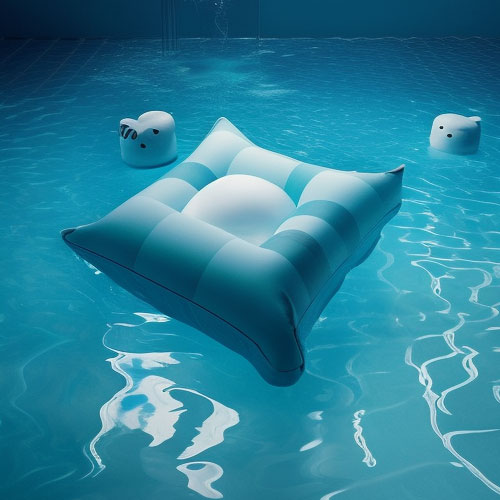Water is an essential element of our lives and we need it for various purposes like drinking, cooking, cleaning, and more. However, not all water is created equal, and different types of water are available in the market. RO water and DI water are two popular types of purified water that are used for various purposes. In this article, we will discuss the differences between these two types of water and explore which one is better for our daily life.
What is RO water?
RO water is produced through a process called reverse osmosis. In this process, water is forced through a semi-permeable membrane that allows water molecules to pass through while blocking larger molecules like minerals, bacteria, and viruses. RO water is used in various applications, including drinking and cooking, as it removes impurities and contaminants from water, making it safe to consume.
Reverse Osmosis tankless system is commonly used in homes, commercial settings, and industrial applications to purify water. These systems are effective at removing a wide range of contaminants, including lead, arsenic, fluoride, and more. They are also capable of removing harmful bacteria and viruses from water.
Benefits of RO water
RO water has several benefits that make it the preferred choice for drinking and cooking purposes. Some of the benefits of RO water include:
1. Improves taste and odor
RO water systems can improve the taste and odor of water by removing impurities that can affect the flavor. This makes it more enjoyable to drink and use for cooking.
2. Removes harmful substances
RO water systems can remove harmful substances like lead, arsenic, and fluoride from water. These substances can be present in tap water and can have negative health effects if consumed regularly.
3. Retains essential minerals
While RO water removes minerals from water during the filtration process, many systems add them back into the water to improve its taste and quality. This ensures that essential minerals like calcium and magnesium are still present in the water.
Benefits of DI water
DI water also has its benefits, which make it suitable for specific applications. Some of the benefits of DI water include:
1. Removes all ions and minerals
DI water removes all ions and minerals from water, making it free of any impurities that can affect the outcome of industrial and laboratory processes.
2. Ensures consistency
DI water ensures consistency in industrial and laboratory processes by providing a reliable and pure water source that does not contain any impurities or contaminants.
3. Improves quality
DI water can improve the quality of products by ensuring that the water used in manufacturing is pure and free of any impurities that can affect the quality of the end product.
Is RO water the same as Deionized water?
No, RO water is not the same as DI water. While both types of water are purified, they use different methods to remove impurities. RO water is produced by filtering water through a semi-permeable membrane, while DI water is produced by removing ions and minerals from water through an ion exchange process.
RO water may still contain some minerals and ions, while DI water is completely free of them. However, both types of water are free of contaminants and impurities, making them safe to consume and use for various applications.
RO water VS DI water, which is better for you daily life?
The answer to this question depends on the intended use of the water. For drinking and cooking purposes, RO water is the better choice. RO systems are designed to remove impurities and contaminants that can affect the taste and quality of the water. They can also remove harmful substances like lead, arsenic, and fluoride, which may be present in tap water.
Furthermore, RO water still contains some minerals that are essential for our health, such as calcium and magnesium. While these minerals are removed during the filtration process, they are often added back into the water to improve its taste and quality.
On the other hand, DI water is not suitable for drinking because it lacks minerals that are essential for our health. In fact, drinking DI water can be harmful as it can leach minerals from our bodies and cause mineral deficiencies. However, DI water is the better choice for industrial and laboratory purposes where the absence of minerals and ions is important.
RO and DI water both have their benefits and drawbacks, and it is important to understand their differences to make an informed decision about which one to use. For daily life, drinking and cooking, RO water is the better choice, while DI water is suitable for industrial and laboratory purposes. So for daily life water treatment, SimPure Y7P is a highly recommended product for those looking for an efficient and reliable RO water system. With its advanced filtration technology, it effectively removes impurities and contaminants from water, ensuring clean and safe drinking water for daily use. Its compact design and easy installation make it a convenient choice for any household or office.
Conclusion
In conclusion, RO water and DI water are two popular types of purified water that are used for various applications. RO water is the better choice for drinking and cooking purposes as it removes impurities and contaminants, improves taste and odor, removes harmful substances, and retains essential minerals. DI water, on the other hand, is suitable for industrial and laboratory purposes where the absence of minerals and ions is important.
Both types of water have their benefits and drawbacks, and it is important to understand their differences to make an informed decision about which one to use. Ultimately, the choice of water depends on the intended use and the specific requirements of the application. By choosing the right type of water for the task at hand, you can ensure the best possible outcome and maintain optimal health and safety.









